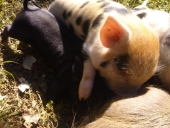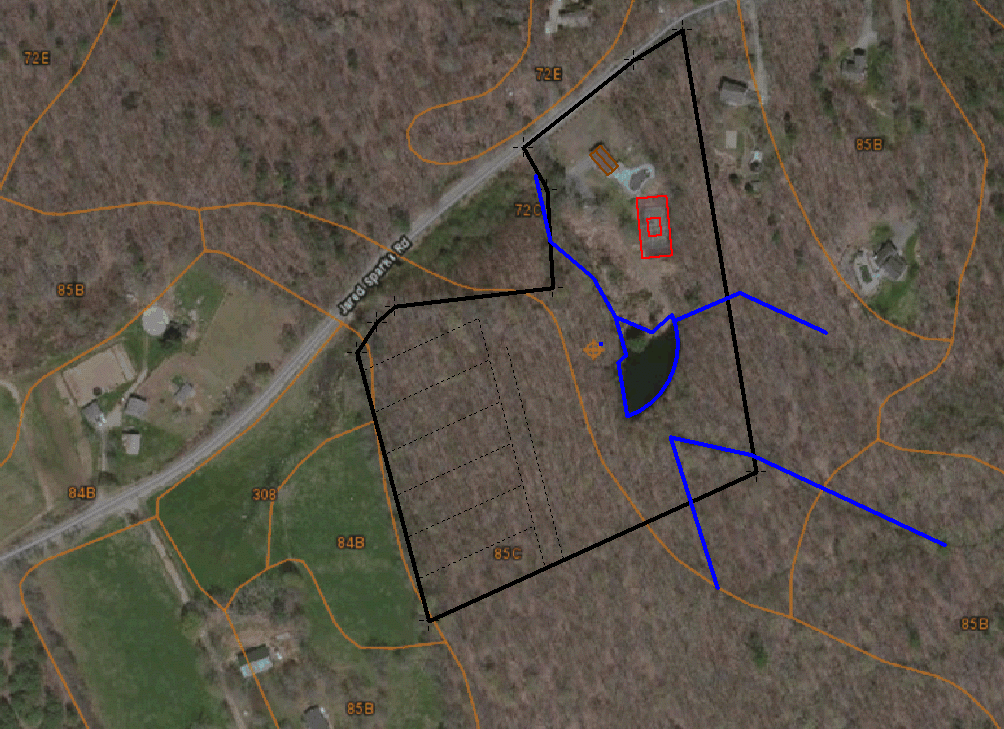












 4
4




"The rule of no realm is mine. But all worthy things that are in peril as the world now stands, these are my care. And for my part, I shall not wholly fail in my task if anything that passes through this night can still grow fairer or bear fruit and flower again in days to come. For I too am a steward. Did you not know?" Gandolf




A human being should be able to change a diaper, plan an invasion, butcher a hog, conn a ship, design a building, write a sonnet, balance accounts, build a wall, set a bone, comfort the dying, take orders, give orders, cooperate, act alone, solve equations, analyze a new problem, pitch manure, program a computer, cook a tasty meal, fight efficiently, die gallantly. Specialization is for insects.
-Robert A. Heinlein





E. Barker wrote: Hi, we are trying to establish pasture on a steep, north facing hillside in New England. The soil is very thin with ledge poking through all over. We've pulled out catbrier and underbrush, and have put down a thick layer of wood chips. (3-4") We also have a high canopy of red oak and beech. We are thinking of mixing our fresh cow manure with some sandy soil we were given and spreading a thin layer on the wood chips, then seeding.
We'd like to hear your thoughts on this. We really want pasture fast. (our only other pasture is 4 feet under water because of BEAVERS dam!)
Feeding hay to our homestead cow is really getting old.
List of Bryant RedHawk's Epic Soil Series Threads We love visitors, that's why we live in a secluded cabin deep in the woods. "Buzzard's Roost (Asnikiye Heca) Farm." Promoting permaculture to save our planet.
 2
2
















 2
2








Sometimes the answer is nothing





"The rule of no realm is mine. But all worthy things that are in peril as the world now stands, these are my care. And for my part, I shall not wholly fail in my task if anything that passes through this night can still grow fairer or bear fruit and flower again in days to come. For I too am a steward. Did you not know?" Gandolf

|
Why should I lose weight? They make bigger overalls. And they sure don't make overalls for tiny ads:
Rocket Mass Heater Resources Wiki
https://permies.com/w/rmh-resources
|




